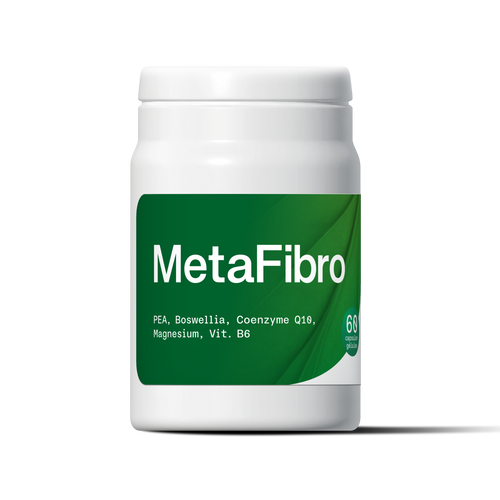What is the point of growing hemp?
Growing hemp confers a multitude of benefits. 100% ecological, this plant purifies the soil. Its planting is a solution for regenerating and cleaning the land at the end of the rotation. Likewise, hemp has the capacity to fix a considerable amount of CO2. It thus contributes to the reduction of greenhouse gases and therefore to the improvement of air quality.
Cannabis is also an easy plant to grow. Its irrigation and fertilizer needs are low. Once sown, the young plant requires no special maintenance until harvest.
Where to grow cannabis sativa?
Hemp grows on all types of soil. It is indeed a robust plant, capable of flourishing in the worst conditions. However, certain preferences are required to optimize performance. Indeed, hemp appreciates a sunny location and drained, well-aerated soil, slightly alkaline and rich in organic matter. It is also possible to grow hemp in a greenhouse to protect it from bad weather and pests.
Hemp Growing Stages
Germination
Germination is the number one step in growing hemp. It can be done in two ways: either by putting the cannabis seed in the substrate, or by letting it germinate in water. Kept in optimal conditions, shoots will appear after a few days. Once the fledgling plant reaches 15 to 20 cm in height, it is ready to be planted in the ground.
The vegetative phase
As they grow, young plants have leaves that increasingly resemble the iconic leaves of cannabis. At first, they will have a single streak, then they will develop more and more. At maturity, the plant will have 5 to 7 streaks per leaf. This is a sign that it has entered a vegetative phase. This is a stage where plants are growing strongly. This is when the hemp can be manipulated to optimize its yield.
Flowering
Flowering is the last stage of the hemp life cycle. It is marked by the appearance of resinous flowers, intended to be dried and then consumed. It will then be necessary to separate the male and female plants to avoid pollination of the latter, and therefore the production of seeds. Harvesting can be done once the flowers have reached maturity.



